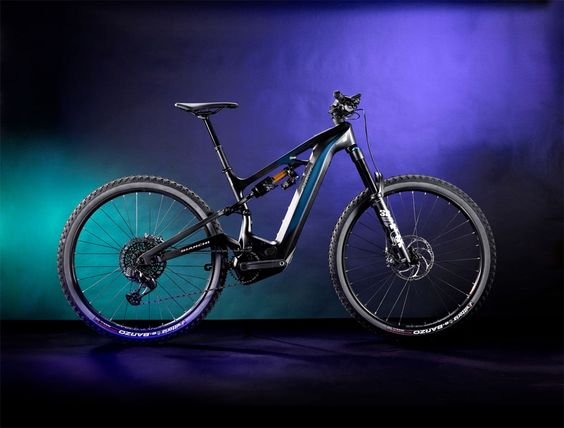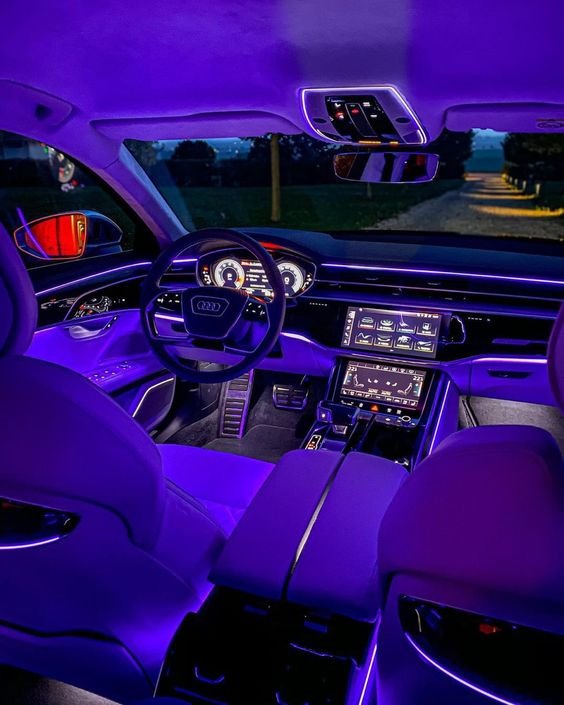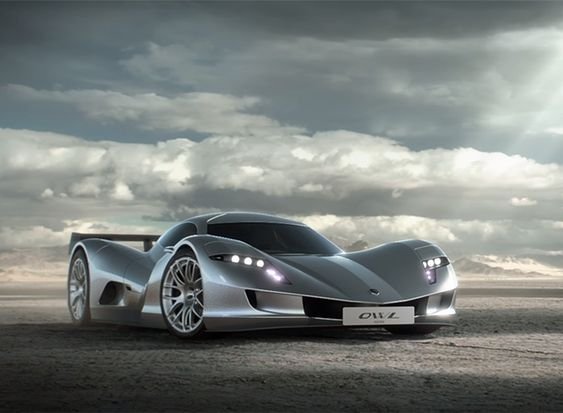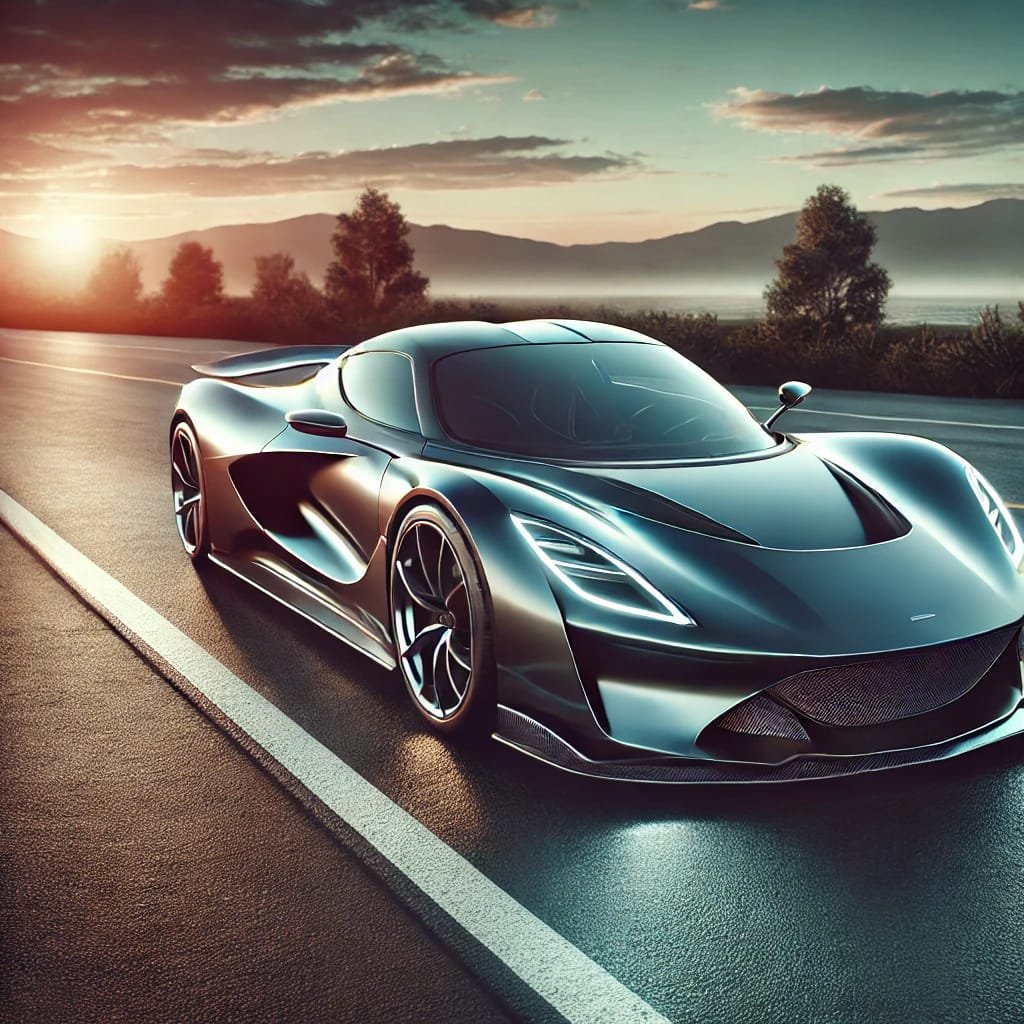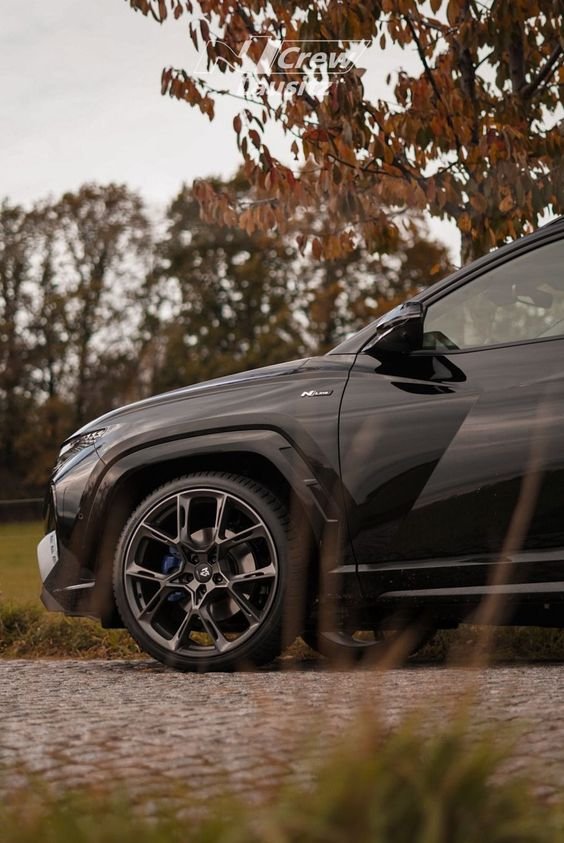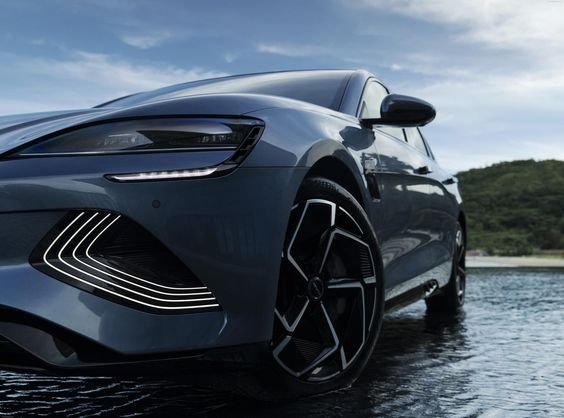
Introduction
The automotive industry is undergoing a massive transformation driven by technological advancements, shifting consumer preferences, and evolving environmental regulations. By 2040, the automotive landscape will look significantly different from what we see today. From autonomous vehicles to electrification and connected car technologies, several trends are expected to redefine how we design, manufacture, and interact with vehicles. This article explores key predictions for the automotive industry by 2040, examining the impact of these changes on manufacturers, consumers, and society.
1. Autonomous Vehicles Become Mainstream
One of the most significant changes predicted for the automotive industry by 2040 is the widespread adoption of autonomous vehicles (AVs). These self-driving cars, powered by artificial intelligence (AI), machine learning, and advanced sensors, will become a common sight on roads worldwide. As AV technology matures and regulatory frameworks develop, more cities and countries will embrace autonomous vehicles for personal, public, and commercial transportation.
Autonomous vehicles are expected to reduce traffic accidents significantly, as most accidents are caused by human error. With AI systems taking over driving tasks, the likelihood of collisions, reckless driving, and impaired driving will decrease, making roads safer for everyone. Moreover, AVs will provide greater accessibility for individuals who cannot drive, such as the elderly and disabled, enhancing their mobility and independence.
2. Electric Vehicles (EVs) Dominate the Market
By 2040, electric vehicles are predicted to dominate the automotive market. The shift toward electrification is being accelerated by growing concerns over climate change, stricter emissions regulations, and advancements in battery technology. Many countries are setting ambitious targets to phase out internal combustion engine (ICE) vehicles, encouraging the transition to EVs.
Improved battery technology, including the development of solid-state batteries, will make EVs more affordable, increase their driving range, and reduce charging times. As the infrastructure for EV charging continues to expand, range anxiety—the fear of running out of battery power—will diminish, making EVs a more viable option for a larger number of consumers. By 2040, it is expected that a significant portion of new car sales will be electric, with many countries reaching near-complete electrification of their automotive fleets.
3. Connectivity and Smart Vehicles
The automotive industry will see a surge in vehicle connectivity by 2040, with most vehicles equipped with smart technologies that enable seamless communication with each other (Vehicle-to-Vehicle or V2V) and with surrounding infrastructure (Vehicle-to-Infrastructure or V2I). Connected cars will be part of the Internet of Things (IoT) ecosystem, allowing them to gather and share real-time data, such as traffic conditions, weather updates, and road hazards.
This connectivity will enhance the overall driving experience by providing advanced navigation systems, predictive maintenance alerts, and personalized in-car services. Additionally, connected vehicles will be able to communicate with traffic management systems, optimizing traffic flow, reducing congestion, and lowering fuel consumption. The development of 5G networks will play a crucial role in enabling this level of connectivity, ensuring fast and reliable data transmission between vehicles and infrastructure.
4. Growth of Mobility-as-a-Service (MaaS)
By 2040, the concept of Mobility-as-a-Service (MaaS) will gain traction, transforming how people access and use transportation. Instead of owning a personal vehicle, many consumers will opt for shared mobility solutions, such as ride-hailing, car-sharing, and autonomous taxis. MaaS platforms will integrate various modes of transportation—buses, trains, bicycles, and shared cars—into a single digital service, allowing users to plan, book, and pay for their journeys through a unified app.
This shift toward MaaS is driven by urbanization, changing consumer preferences, and a growing awareness of the environmental impact of car ownership. As cities become more congested and parking becomes more limited, the appeal of on-demand, flexible transportation solutions will increase. Additionally, autonomous vehicles will play a key role in MaaS, providing efficient and cost-effective transportation options for urban dwellers.
5. Increased Focus on Sustainability
Sustainability will be a core focus for the automotive industry by 2040. With the growing awareness of climate change and environmental degradation, consumers, governments, and manufacturers will prioritize eco-friendly practices throughout the vehicle lifecycle, from production to disposal. Automakers will invest in sustainable materials, such as recycled plastics, bio-based materials, and lightweight composites, to reduce the carbon footprint of their vehicles.
Circular economy principles will also become more prominent, with automakers designing vehicles for recyclability and developing processes to recover valuable materials from end-of-life vehicles. Additionally, the automotive industry will increasingly rely on renewable energy sources, such as solar and wind power, to manufacture and charge electric vehicles, further reducing their environmental impact.
6. Advanced Manufacturing Techniques
By 2040, the automotive manufacturing process will be transformed by advanced techniques, such as 3D printing, robotics, and nanotechnology. 3D printing will enable automakers to produce complex parts and components with greater precision, speed, and cost-efficiency. This technology will also allow for more customization, enabling consumers to personalize their vehicles according to their preferences.
Robotics and automation will continue to play a crucial role in manufacturing, with smart factories utilizing AI and machine learning to optimize production processes, reduce waste, and improve quality control. Nanotechnology will be used to develop stronger, lighter, and more durable materials, enhancing vehicle performance and safety.
7. New Business Models and Revenue Streams
As the automotive industry evolves, traditional business models will change. By 2040, automakers will shift from a product-centric approach to a service-oriented one. Instead of focusing solely on selling vehicles, manufacturers will offer a range of services, such as subscription-based car usage, over-the-air software updates, and digital content.
These new revenue streams will be supported by advancements in connectivity, autonomous driving, and electrification. Automakers will partner with technology companies to offer innovative solutions, such as in-car entertainment, augmented reality (AR) navigation, and AI-powered virtual assistants. As a result, the automotive industry will become more integrated with the digital economy, providing a seamless and connected experience for consumers.
8. Evolving Role of Dealerships
By 2040, the role of traditional car dealerships is expected to evolve significantly. As more consumers shift toward online car buying, dealerships will need to adapt by offering a more digital and personalized experience. Virtual showrooms, augmented reality tools, and online configurators will allow customers to explore and customize vehicles from the comfort of their homes.
Dealerships may also focus more on after-sales services, such as maintenance, repairs, and software updates, as these become more important revenue streams in a world where cars are increasingly sold online or through subscription models. The dealership experience will become more about customer engagement and less about direct sales.
9. Rise of Hydrogen Fuel Cell Vehicles
While electric vehicles will dominate the market, hydrogen fuel cell vehicles (FCVs) will also play a significant role in the automotive landscape by 2040. Hydrogen fuel cells generate electricity by combining hydrogen with oxygen, emitting only water vapor as a byproduct. This technology offers a promising alternative to battery-electric vehicles, especially for long-range driving and heavy-duty applications.
Countries with abundant renewable energy resources, such as wind and solar power, may invest in hydrogen production, distribution, and refueling infrastructure, promoting the growth of hydrogen fuel cell vehicles. FCVs are expected to be particularly popular for commercial fleets, such as buses, trucks, and delivery vehicles, where long-range capabilities and fast refueling are critical.
10. Vehicle Design and Personalization
By 2040, vehicle design will undergo a transformation as automakers prioritize aerodynamics, energy efficiency, and user experience. Electric and autonomous vehicles will require less space for traditional components like engines and transmissions, allowing for more innovative designs and spacious interiors.
Consumers will have greater opportunities to personalize their vehicles, thanks to modular design approaches and advanced manufacturing techniques. Digital platforms will enable buyers to customize everything from the car’s exterior color to the interior materials and in-car technology. This trend toward personalization will cater to individual preferences and create a more unique driving experience.
11. Increased Cybersecurity Measures
With the rise of connected and autonomous vehicles, cybersecurity will become a critical concern for the automotive industry by 2040. As cars become more reliant on software and data, they will become potential targets for cyberattacks. To protect against hacking and data breaches, automakers will invest heavily in advanced cybersecurity measures.
These measures will include encryption, secure communication protocols, and continuous monitoring of vehicle systems for vulnerabilities. Collaboration between automakers, technology companies, and governments will be essential to developing standardized cybersecurity frameworks and ensuring the safety and privacy of drivers and passengers.
12. Global Shifts in Automotive Markets
By 2040, the automotive market will see significant shifts in geographical demand. Emerging markets, such as China, India, and Southeast Asia, are expected to become major players in the automotive industry, driven by growing urbanization, rising incomes, and increasing demand for personal mobility.
These markets will likely adopt new technologies, such as electric and autonomous vehicles, at different rates based on local infrastructure, regulatory frameworks, and consumer preferences. Automakers will need to adapt their strategies to meet the unique needs and challenges of each market, including developing vehicles tailored to local conditions and preferences.
Conclusion
The automotive industry is on the brink of a revolution, with numerous technological advancements, regulatory changes, and shifting consumer preferences shaping its future. By 2040, we can expect to see a world where autonomous and electric vehicles dominate the roads, connected cars offer seamless communication and personalization, and sustainability becomes a central focus in manufacturing and operation.
While there are challenges to overcome, such as cybersecurity concerns and the need for robust infrastructure, the benefits of these changes are vast. The future of the automotive industry holds promise for safer, more efficient, and environmentally friendly transportation solutions that enhance the quality of life for people around the world. As we move toward 2040, the automotive landscape will continue to evolve, offering new opportunities and experiences for consumers, manufacturers, and society as a whole.

